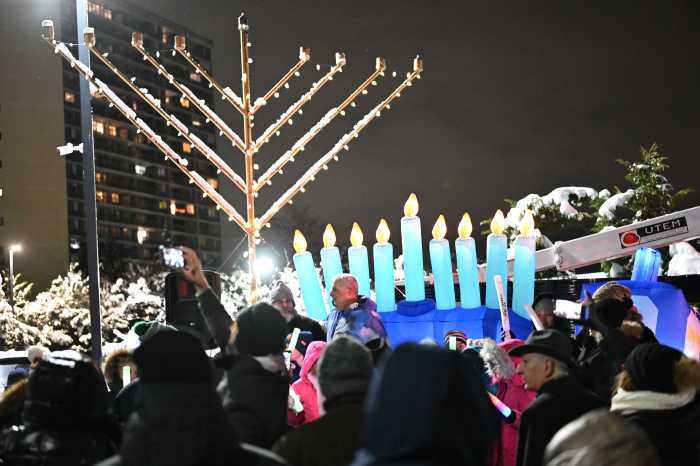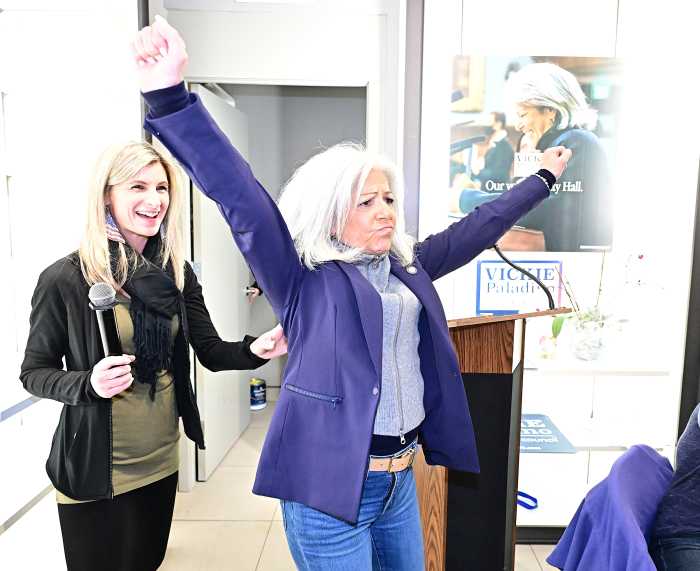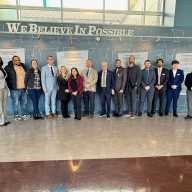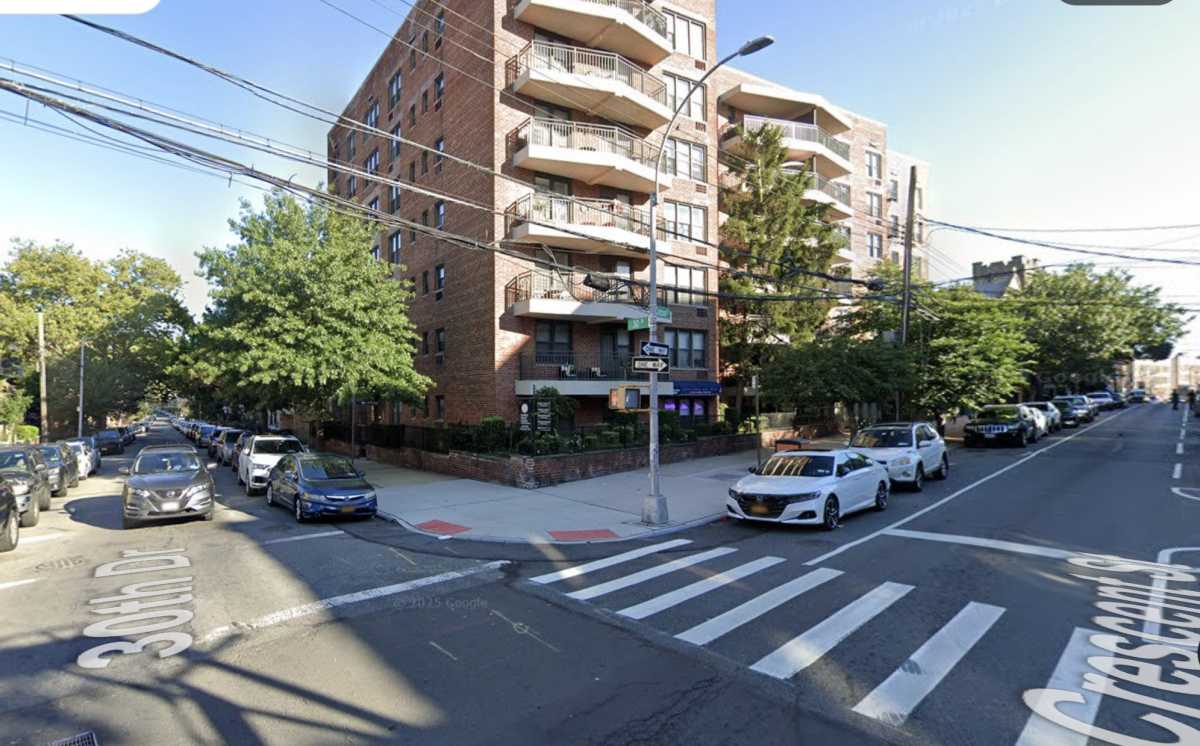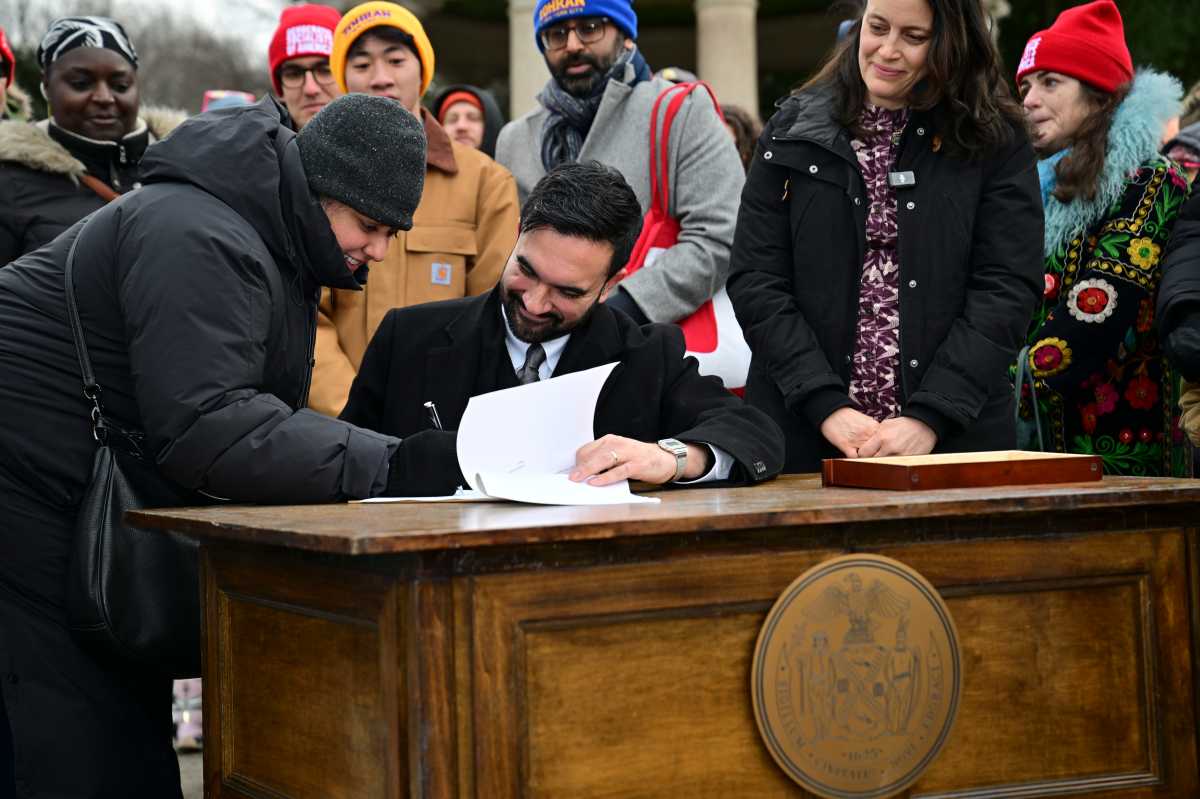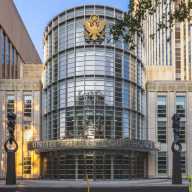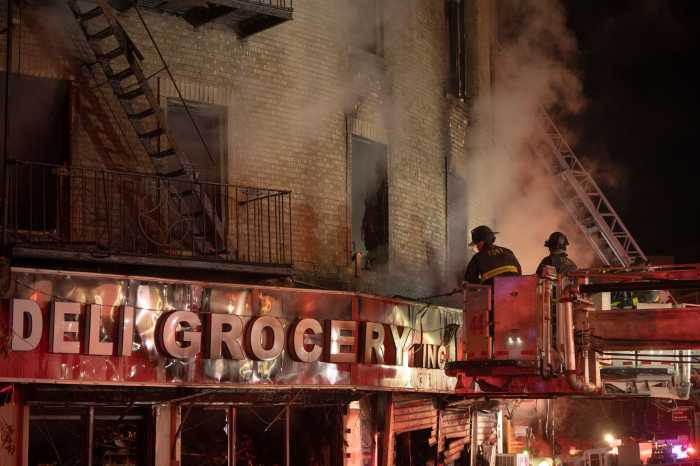Northeast Queens residents may get a respite from the plane noise that tormented them last summer — but not full relief.
Federal Aviation Administration (FAA) officials said there would be fewer planes flying over portions of Bayside and Flushing. But, depending on traffic and wind, there could be times residents could hear the same turbulence they heard in summer 2012, officials confirmed.
“What you experienced last summer was an anomaly,” said Carmine Gallo, the FAA’s eastern regional administrator. “The number of airplanes you saw last summer was to collect data. That’s not going to happen this summer.”
A six-month trial period called the “TNNIS Climb” caused a barrage of low-flying airplanes to soar over parts of northeast Queens last summer by the minute each day from 6 a.m. to noon and then again from 6 p.m. to midnight.
The FAA said the test was to ensure the required three mile separation between John F. Kennedy International Airport arrivals and LaGuardia Runway 13 departures while using a new, precise navigation system.
The procedure was approved last December, but FAA officials said the route would be put to limited use. Air traffic would be spread out between other climbs, they said at a March 14 town hall meeting, where residents and elected officials urged the federal agency to reverse its decision.
“If the route doesn’t go back to the old way, the FAA is in for the fight of its life,” said State Senator Tony Avella. “We’re not going to let this affect our quality of life.”
Gallo said the agency’s goal was to ensure the “safe, efficient, secure operation of aircraft.”
He said the FAA makes no profit off airlines or the newly approved procedure, despite accusations by some, including Assemblymember Ed Braunstein.
“We shouldn’t be forced out of our backyards so the airline industry can make more money,” Braunstein said.
Residents also asked if the agency could move routes over waterways and parks instead of residential neighborhoods.
The suggestion “would be nice,” said Ralph Tamburro, the agency’s New York traffic management officer. But it would ultimately be “an impossible task.”
“With the amount of airplanes, you can’t do it,” he said.
The FAA agreed to involve the community in future decisions and to continue hearing them out.
“You’ve caused disruption to the lives of hundreds of thousands of people,” said Warren Schreiber, president of the Bay Terrace Community Alliance.
RECOMMENDED STORIES


